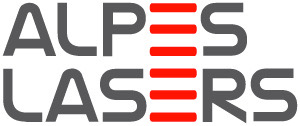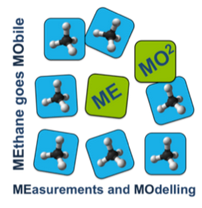ZEPHir
Greenhouse gas and air pollution emission regulations in the maritime sector is one of the key priorities of the IMO and EMSA. In ZEPHir we aim to develop a multi-compound airborne instrument to support and facilitate the monitoring of GHG emissions from ships in maritime ports as well as on the open sea. The spectrometer is envisaged to operate autonomously aboard Unmanned Aerial Vehicles (UAVs) such as drones, offering a new air-surveillance tool for fast and accurate air quality monitoring.
Figure 1: Lorem ipsum dolor sit amet, consetetur sadipscing elitr, sed diam nonumy eirmod tempor invidunt ut labore et dolore magna aliquyam erat, sed diam voluptua.
MEMO2
Methane goes MObile - MEasurements and MOdelling (MEMO2) identifies and evaluates methane (CH4) emissions and support mitigation measures by i) developing new and advanced mobile CH4 measurements tools and networks, ii) isotopic source identification, and iii) modelling at different scales. It bridges the gap between large-scale scientific estimates from in-situ monitoring programs and the ‘bottom-up’ estimates of emissions from local sources that are used in the national reporting.
Figure 2: Photograph of the portable CH4 laser spectrometer developed for UAV based monitoring. (adapted from Tuzson et al., 2020.)
-
Tuzson, B. et al., A compact QCL spectrometer for mobile, high-precision methane sensing aboard drones", Atmos. Meas. Tech., 13, 4715–4726, 2020.
Publication Link
-
Morales, R. et al., Controlled-release experiment to investigate uncertainties in UAV-based emission quantification for methane point sources, Atmos. Meas. Tech., 15, 2177–2198, 2022.
Publication Link


